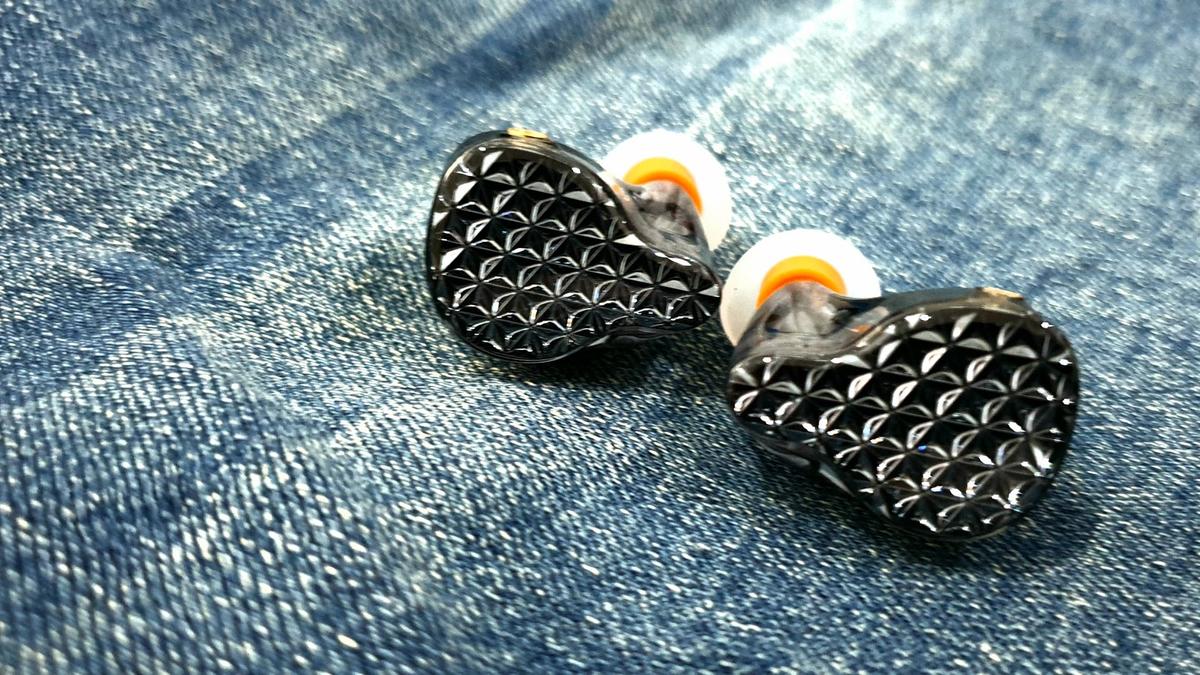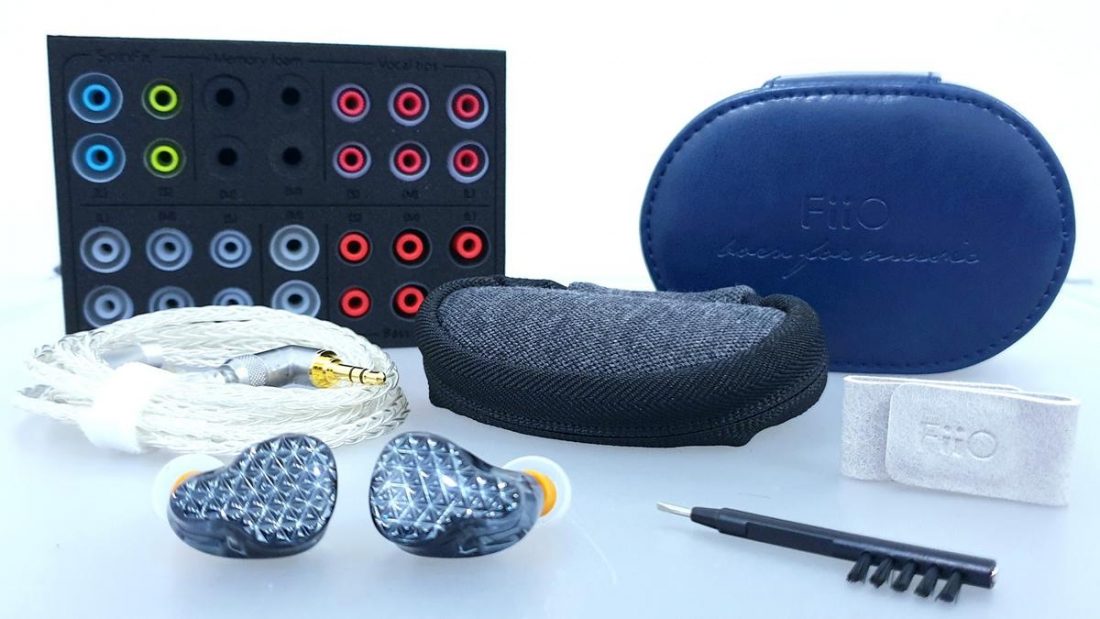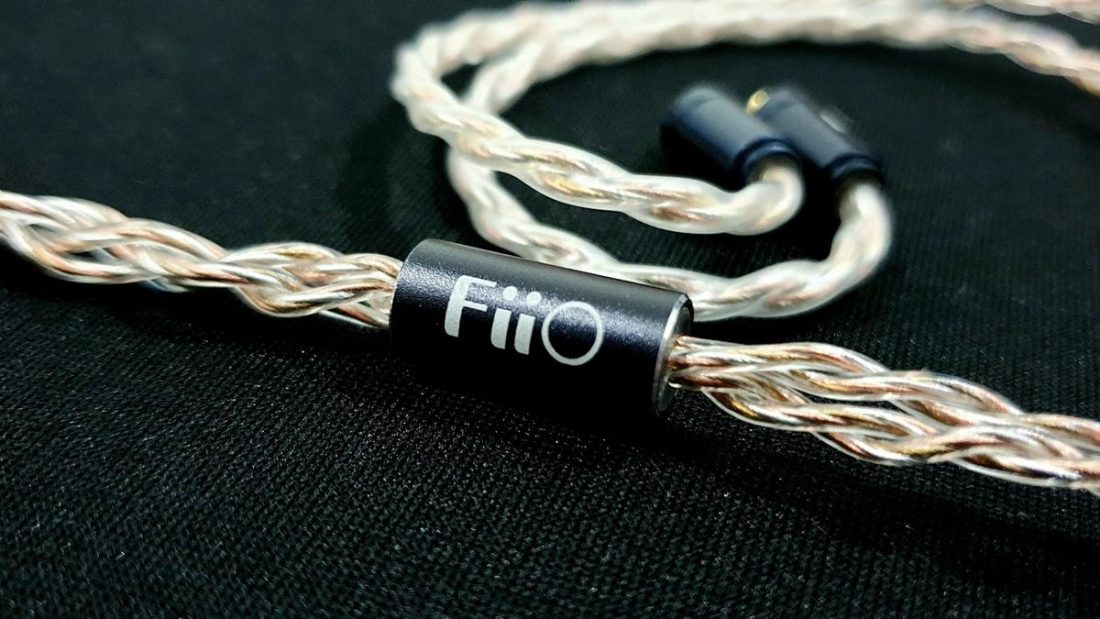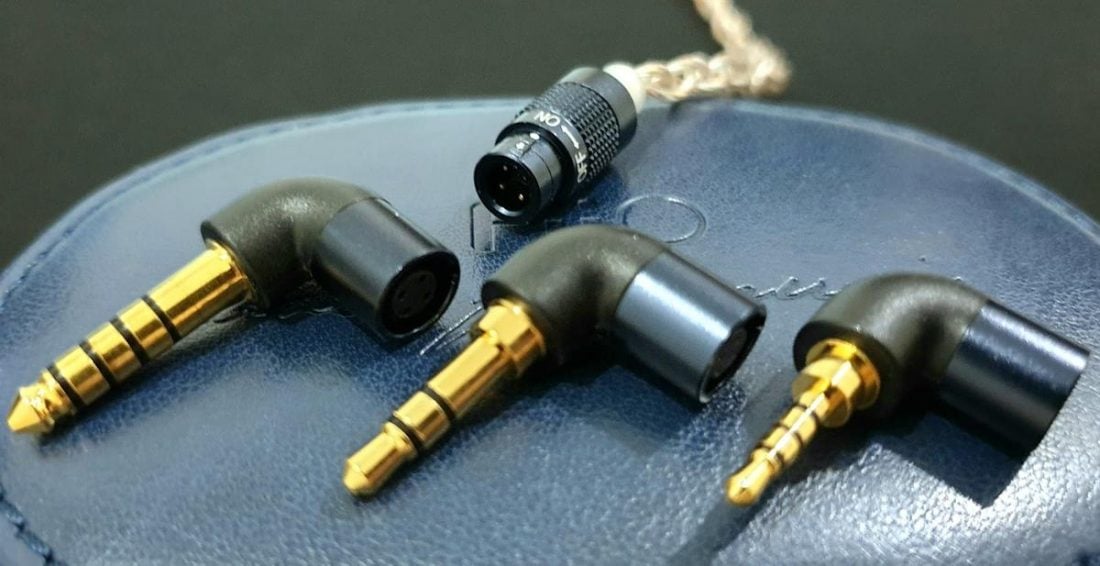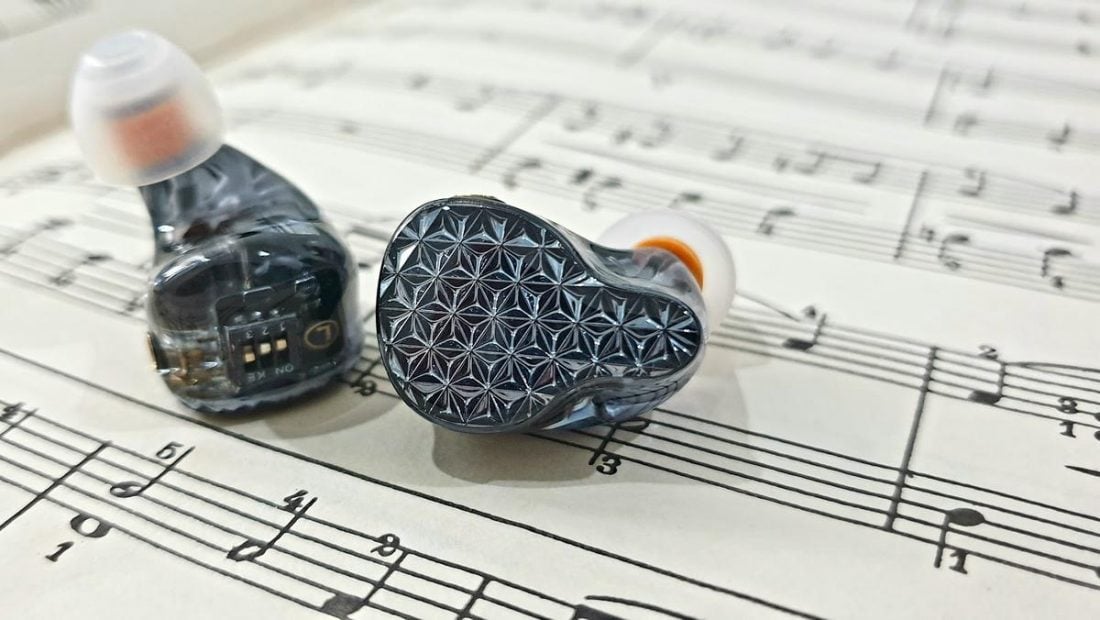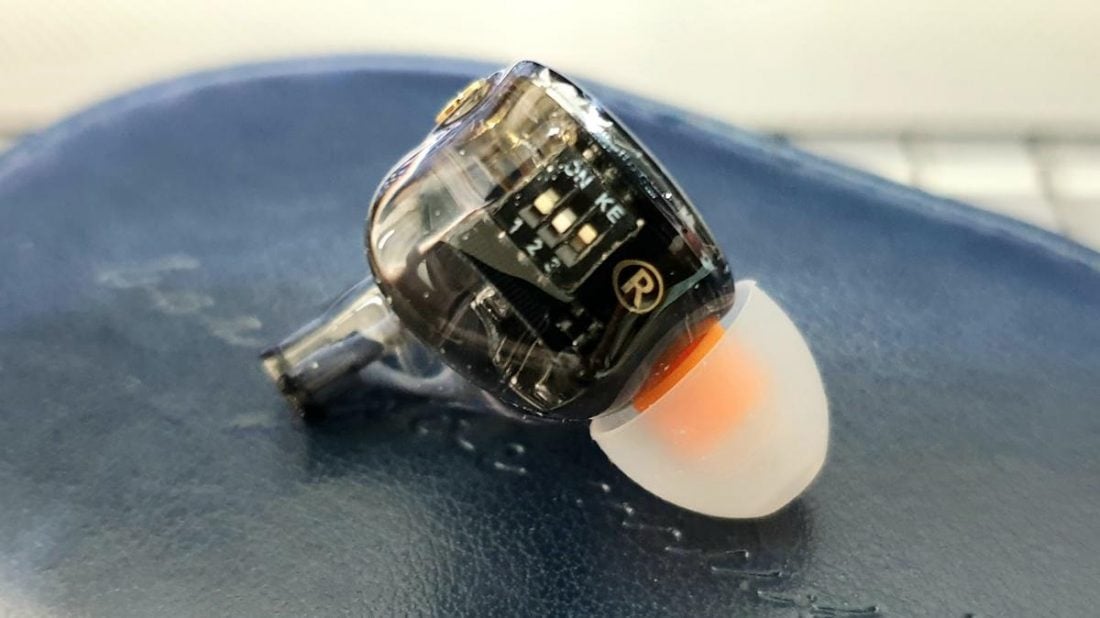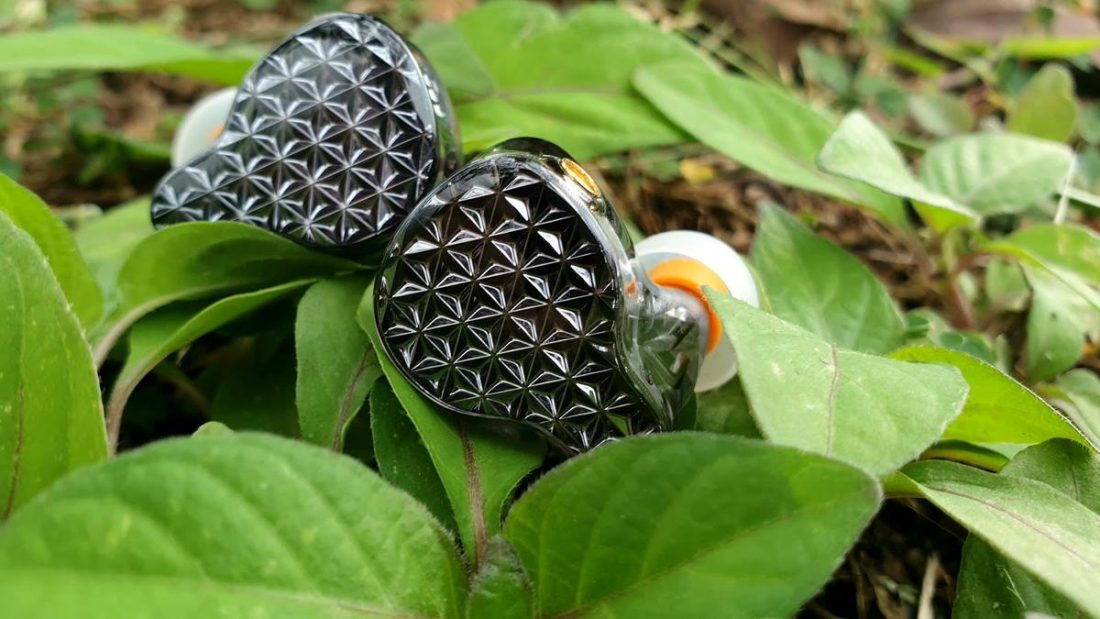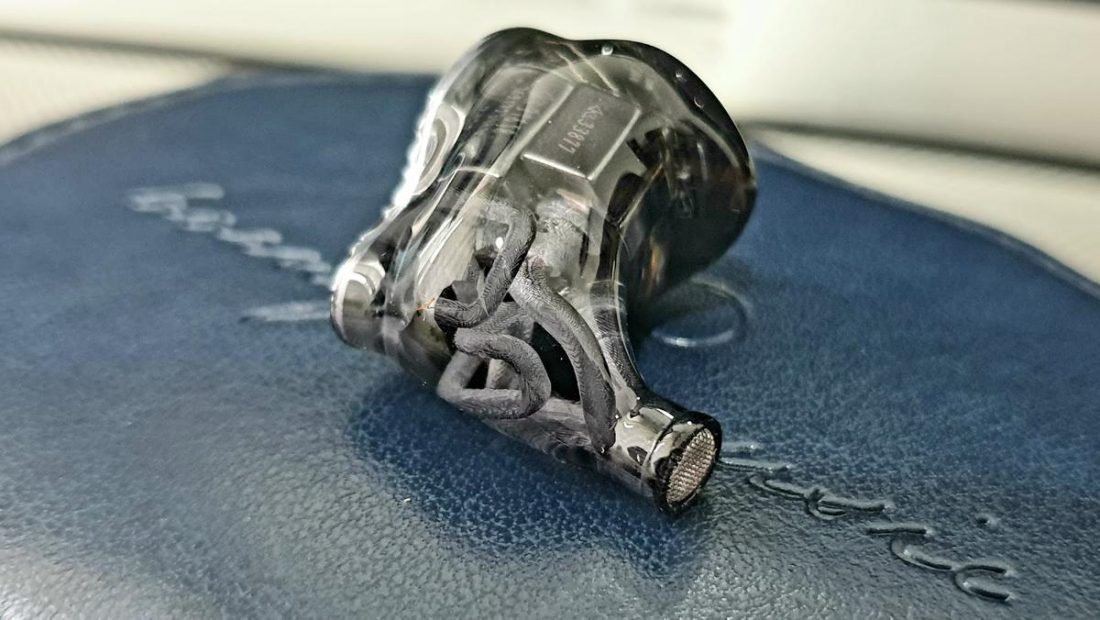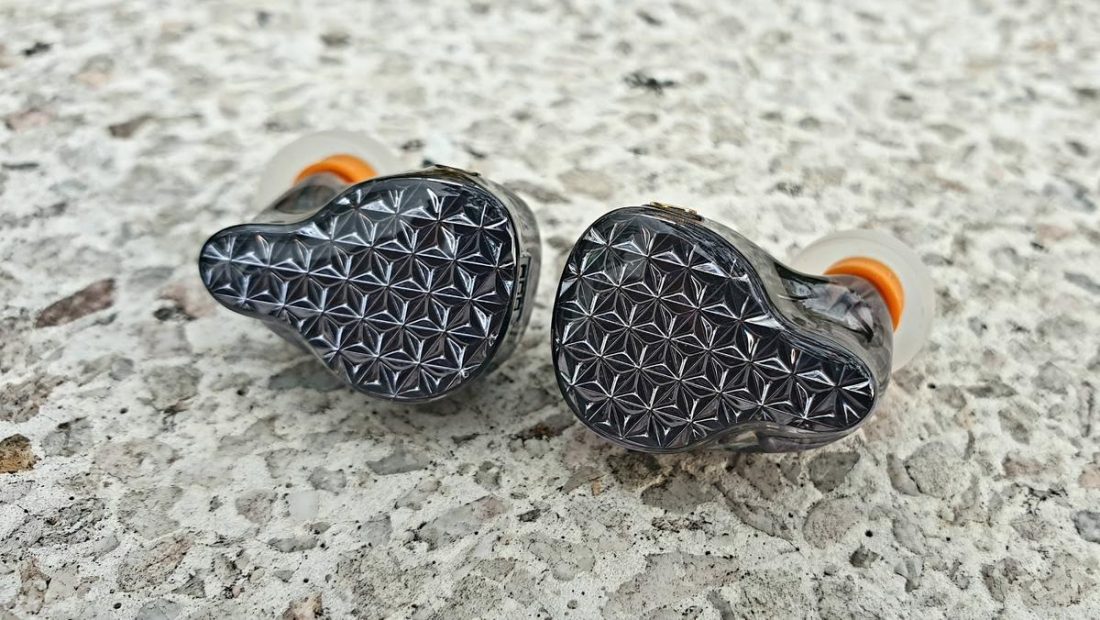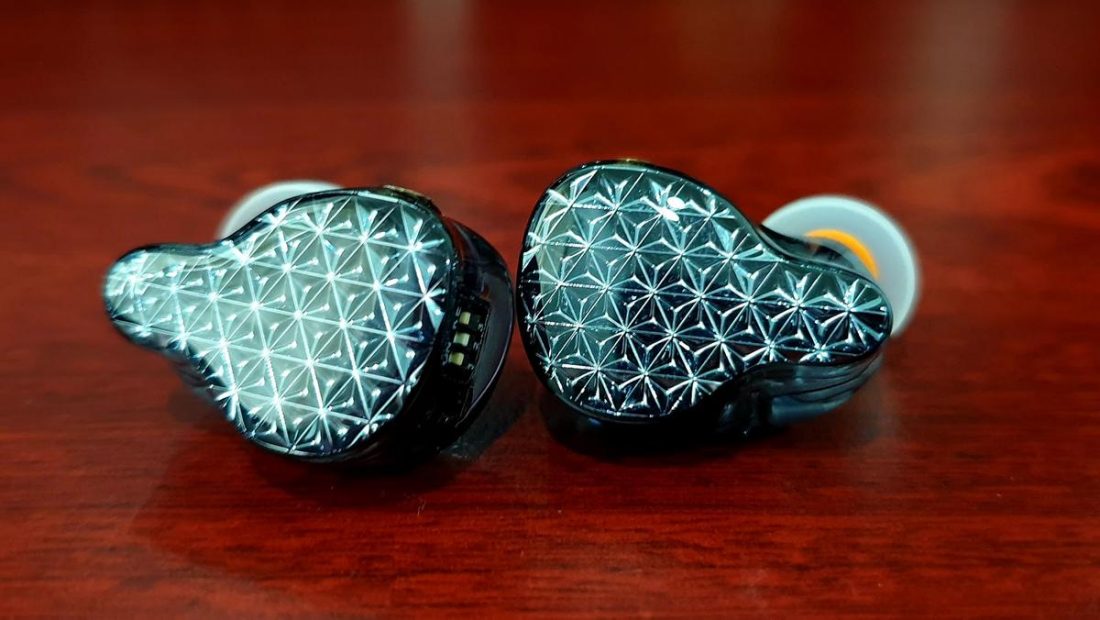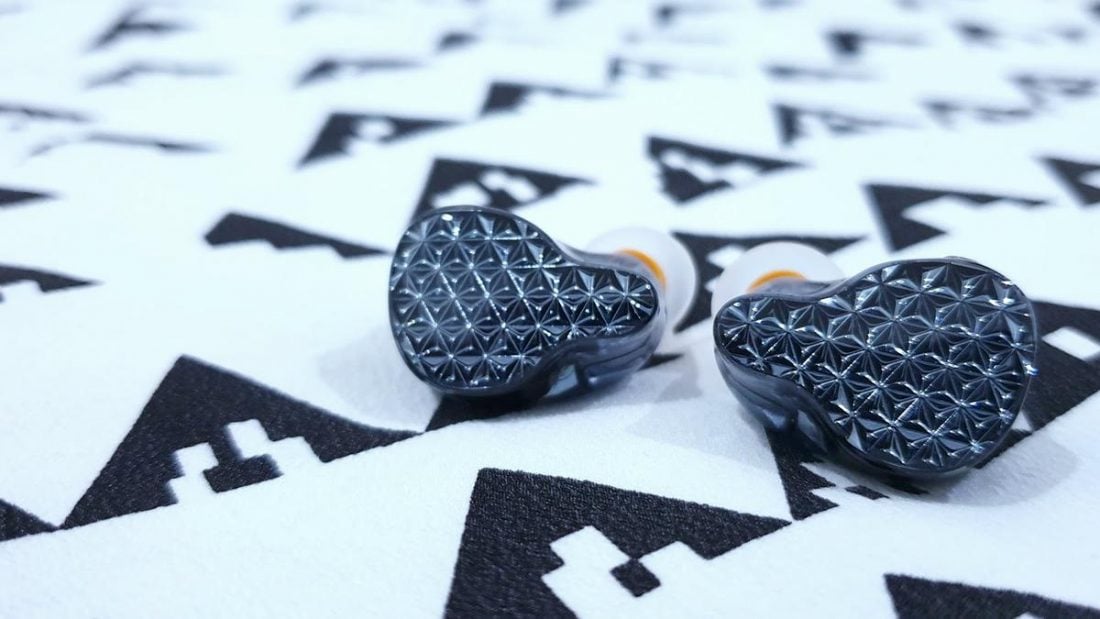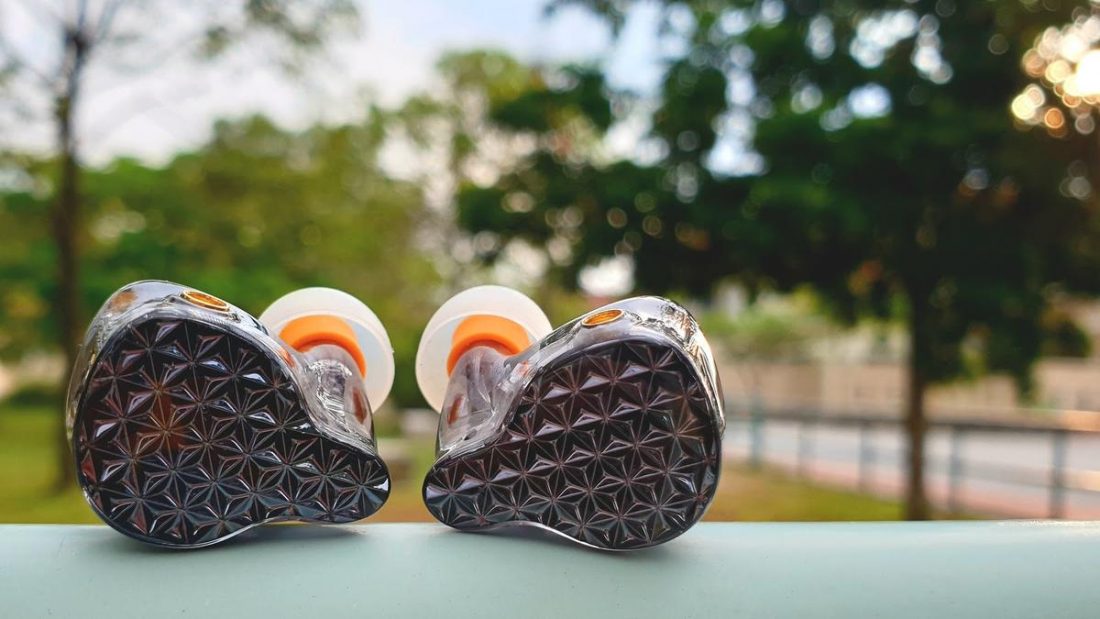To have staying power, take a cue from international superstar Dwayne “The Rock” Johnson. A genuine crossover success story from rasslin’ to acting to an inexplicable singing gig in Moana, he has done it all, save for “Dancing with the Stars” when his star power wanes, lol. His recipe for success is simple, just be the hardest worker in the room. Undoubtedly one of the hardest-working companies in recent memory, FiiO shows no signs of stopping. As a hobbyist keeping track of them since their early days, it’s like watching a child progress to young adulthood amidst the blood, sweat, and many tears. FiiO rolls with the punches and trudges on as one of the premier go-to brands in portable audio.
The Perfecta Trifecta
Long-time followers (or just me?) would be aware of FiiO’s three-pronged attack in the IEM sphere. They have the FD series for dynamic driver IEMs, FH for hybrids and FA for balanced armatures. Today we look at the FA9, their new flagship from the FA lineup, featuring 6 Knowles BAs and a 4-way crossover packed in a 3D-printed shell. But like an irritating salesman, that’s not all, folks. Debuting in the FA9 are two new technologies commonly seen in higher-end IEMs.
Thanks to FiiO’s electronic crossover technology, at each earpiece are three switches that allow the user to adjust FA9’s impedance, treble, and bass/mids. An ultra-long 80.6mm sound tube for the bass drivers that act as a low-pass filter to isolate unwanted mids and treble frequencies, resulting in a clean and detailed bass.
Where to Buy
Equipment Used:
DAP IEMs Albums
Technical Specifications
Frequency Response: 15Hz – 40kHz Drivers: 6 Balanced Armatures (Knowles SWFK-31736, EJ-33877, HODVTEC-31618) Impedance: 16~32Ω @ 1KHz Sensitivity: 110/113dB @ 1mW Maximum Input Power: 100mW Cable Connectors: 3.5mm headphone jack, expanded MMCX connectors Cable Length: 120cm Unit Weight: ~6.2g
Packaging and Accessories
If you’ve followed FiiO’s evolution in upper-tier IEMs, you’d know that they are stellar examples of packaging excellence. From the FH5 to FA7 to FH7 to this, the box and packaging are so impressive and complete, it’s almost like they’re compensating for something. They’re not, by the way. Like a shampoo ad, they’re head and shoulders above the competition in this area. FA9’s packaging mirrors FH7’s in many ways. The thick cardboard sleeve, enclosing the thick cardboard box, and a jackpot’s worth of accessories, some that you’ll only use once or not at all because of the astonishing variety. The accessory set is identical to FH7 too, down to the cable, ear tip selection, and leatherette HB3 carry case. In full, this is what you receive, besides a smirk on your face.
FiiO LC-3.5C cable FiiO HB3 leatherette case 3 pairs SpinFit CP145 ear tips (S,M,L) 3 pairs Balanced silicone ear tips (S,M,L) 3 pairs Vocal silicone ear tips (S,M,L) 3 pairs Bass silicone ear tips (S,M,L) 2 pairs foam ear tips (M) 1 pair double-flange silicone ear tips (M) Cloth pouch Cleaning brush SK-01 Magnetic cable organizer
Design and Build Quality
Each of FA9’s earpieces contain six BA drivers, a crossover unit, internal wiring, and the infamous 80.6mm bass tube. Not to mention the switches on the surface too, so the shells are medium-sized because there is simply a lot going on. It takes a certain skill and a ridiculous amount of OCD to arrange them as neatly as they did inside the FA9. This ain’t stuffing a turkey my friend. In fact I’m surprised the shells aren’t larger, frankly. The earpieces are made from 3D-printed, medical-grade resin, and are transparent so that you can admire the excruciatingly-arranged internals. You wonder about the amount of shed tears, lost sleep, shot eyes, and pulled nerves while assembling this miniature technological marvel. But was it worth it? Yes indeedy.
S-Class
Completing the shells are diamond-cut faceplates with jaw-dropping, hypnotic qualities, like the Hypnotoad from Futurama. Depending on your viewing angle, the faceplate might look like packed prisms, or a fleet of Mercedes logos, reflecting light as you turn. Spellbinding.
Cables
The stock cable provided with the FA7 is the LC-3.5C, in single-ended 3.5mm with an L-shaped plug. The cable is made up of 8 strands of monocrystalline silver-plated copper with a high wire count, resulting in high transmissibility and minimal signal loss. This translates to a clean and clear sound. You won’t have to worry about subpar stock cables out of the box with this one. However, if you’re itching to try something new and expensive (because why not), FiiO’s flagship upgrade cable, the LC-RE, is waiting in the wings to empty your wallet and soul. Again, because why not.
FiiO LC-RE
The LC-RE is an indulgent beast, a hybrid cable that reminds us of the finer things in life, like oysters, caviar and wines with names we can’t pronounce. Three types of wires go into the making of this cable – Furukawa monocrystalline copper, gold-plated monocrystalline copper, and pure silver. Gold, silver and copper, like the Olympic podium of cables.
The Ol’ Switcheroo
And in a first for FiiO, the LC-RE introduces a swappable plug system, so you can switch between 2.5mm, 3.5mm or 4.4mm plugs to match with any DAP in your collection. The swivel-lock mechanism is easy to apply and greatly increases the usability of the cable. For improvement, I’d prefer if the cable came with a pouch, since it’s quite easy to lose the plugs. The LC-RE is well-built, with the tri-color wires immensely pretty to look at. The cable is soft and supple, and handles superbly. Memory effect is minimal, as is kinking. Wearing the cable is extremely comfortable too, thanks to the gently curved ear guides at the connector end, without the use of memory wires.
Sound is of the Essence
Sound-wise, the LC-RE captures the essence of a hi-fi sound. The tone is rendered sweeter throughout, while note edges are given a rounded finish. Clarity is not affected and the details are very well present. This coloration matches well with the FA9, which already has an incredible sound to begin with. The LC-RE upgrades the technical attributes of FA9 too, providing a more expansive soundstage with sharper imaging. Paired with FA9, the presentation is more relaxed and organic, yet manages to remain massively detailed. It’s a first-class cable that comes at a first-class price. I’d recommend it ifever you’d like to indulge.
Fit, Comfort and Isolation
If it fits, I sits, and the FA9 fits exceedingly well. FA9 comes from FiiO’s long line of perfectly crafted resin shells that resemble custom IEMs, also evident in the FA7 previously. The shape of the earpiece is no guesswork, but garnered from a large database of scanned ear anatomies from their customer base. So every earpiece is meticulously and precisely crafted. If you Google about it, it’s mostly about still bodies of water, yin/yang symbols and stacking smooth rocks. Exactly right, my friend.
In Good Company
Interestingly, sound isolation is just average. I thought an all-resin enclosure with no vent would block off most outside noise, but nope. I can hear one kid watching YouTube and the other hacking away in Minecraft. In real world use, the FA9 was able to reduce irritating engine hums and fan whirrs, so it’s not all bad.
Sound Quality
Simplifying the nozzle filter approach in the FH7 even further, the FA9 allows you the luxury of altering the sound signature courtesy of three switches in each earpiece. Marketing spiel would have you believe that getting the FA9 is like getting four IEMs in one, but before we get ahead of ourselves, here are what the switches do.
S1 switch up: lower impedance and higher sensitivity, ideal to be driven from low-powered sources like cellphones. S1 switch down: higher impedance, meant to be driven with proper DAPs, or what I decree as FA9’s proper sound. S2 switch up: treble boost, or the super sizzle switch. Watch out for your ears, I’d say. S2 switch down: normal treble. No shame in choosing this. We’re not masochists. S3 switch up: normal bass with mids emphasis. Mids are pushed slightly forward. S3 switch down: bass boost, or the boom boom switch. Mids rightfully take a back seat.
There’s a learning curve to the switch system. Note how the switches for enhancing treble and bass go opposite ways, so it’s not intuitive or user-friendly for casual listeners. To make matters worse, the official FA9 website provides confusing documentation, because the words do not match up with the diagrams. So I prefer to use ‘up’ and ‘down’ to clear up the muddle.
Learning the Switches
S1 up is intended for cellphone use, but the sound rendered is forward and aggressive with a congested head-stage and noisy background. I avoid this like a disease. S1 down has a natural tone, and is much more spacious. Plus, I use a DAP all the time anyway, so S1 up is practically useless for me. S2 up boosts treble to the point of harshness, and trust me S2 down has enough treble quantity for everyone. Transients remain just as fast, and the tone is much more agreeable. S3 up provides a clean, even bass response, and does wonders for the mids, but can sometimes lack punch. S3 down is great for sub-bass thump and low end extension, until you notice the high noise floor.
Overall Sound Signature
The FA9 is highly versatile, and depending on the switch positions, the sound signatures can vary from:
Neutral (S1 down/S2 down/S3 up) Neutral-warm (down/down/down) Neutral-bright (down/up/up), and V-shaped (down/up/down)
I much prefer the first two over the others. The fabulous (or frustrating) bit is, it’s easy to switch sound profiles, so you can change to your heart’s content until you find a favourite, or adapt to the music as you play. There’s no right or wrong in this. Curiously, no matter the switch positions, the FA9 sound is a tale of two halves. The bass up to the centre mids are dedicated to an organic and sweet sound. Notes are juicier, and flow smoothly from one to the next, with little regard for dynamics and air. From the upper mids to the treble, the signature is technically-focused, delivering clarity and speed in equal measure.
Listening Conditions
Critical listening was done after 100 hours of burn-in. I know BAs don’t require burn-in per se, but what about those convoluted, labyrinthine sound tubes? Who knows what’s going on in their heads? Who’s going to show them who’s boss? I am, that’s who. I play with tubes for a living! The chief listening chain is FiiO’s M15 player, stock cable and included SpinFit CP145 ear tips.
Bass
Gotta say, I’ve never encountered an instance where having long tubes is a compliment. Anatomically-speaking, enhanced tubing brings the wows at first, but regular-sized tubes are perfectly fine and functional. Try not to get distracted here lol. So how does the much-purported long sound tubes affect FA9’s bass? True to their word, the bass conveys warmth and weight cleanly, without bleeding into the mids. The sub-bass shows brilliant extension, audible in the lowest regions and just enough to be physically imposing. With the bass switch on, FA9’s sub-bass positively growls, lending some menacing authority to bassline-heavy tracks like The Weeknd’s Starboy and Kendrick Lamar’s All the Stars.
Bass Boss
The focal point is the midbass, providing much of the signature’s lushness and body, coupled with a pleasing tone. Mission accomplished? At first listen, nothing is missed. Notes bloom and decay beautifully, albeit with a hasty, plasticky timbre typical of BA drivers. More importantly, the bass weight doesn’t come at the price of congestion, making good use of space while sounding full-bodied. Upon closer scrutiny, cracks start to show. The background is not entirely dark, with residual haziness affecting note definition. Resolution is likewise lessened, making it hard to appreciate layering, despite having excellent note texture. This is why I like the bass switch off, to keep the stage as clean as possible. But doing so removes some bass impact and slam, taking fun out of the equation.
Mids
An English teacher once said, most writing assignments are like eating fish. The head and tail, or the beginning and the end, are mostly for show; while the body, or the middle, is everything. The FA9’s mids encapsulate that lesson, filling the signature with supreme importance. It’s a big meaty fish, and there’s nothing fishy about the execution. I’ll stop with the puns. Affluent both ways, the mids are rich in detail and tone, maintaining a balance that’s intricate and delicate. The journey to greatness starts with a road bump. There’s a slight dip in the lower mids to accentuate the clean separation from the bass, and while the thought is appreciated, male vocals sound nasally and half-baked. From that point on though, they become a delight to savor and enjoy.
The On-Form Entrée
Neutrally located with just the right amount of thickness, the center to upper mids are smooth as luxurious silk. The tone is enchanting, while instrument timbre is natural as ever. Be it strings, guitars or female vocals, prepare to be overwhelmed by the sweet caresses of FA9’s musical masterclass. For more magic, turning off the bass switch pushes the mids slightly forward, enabling an intimate concert made for one. The congruent, immersive musicality comes with compromises in airiness, speed and dynamics, although this considerably improves towards the upper mids region, where clarity is at its superb best. Here, like shards of crystal, the sound is pristine and transparent. Notes are sharply defined with bountiful air in-between, providing welcome contrast to the mellow lower regions.
Treble
I have a terrible inclination, even a fascination with procrastination, but can’t wait to tell you how amazing the treble is. Where the complex mids might take time to digest, the treble is more straightforward ie. plenty. Treble aficionados should tread carefully, for even the normal treble setting has more than enough zing and shine to spare. Continuing the work of the upper mids, FA9’s treble shows remarkable extension and technical finesse on a bedrock of tonal accuracy. There is much vibrancy and liveliness to be had, where notes are rendered with skilful speed, clear-cut definition and a playful sparkle. Perhaps most vitally, they finish off with a rounded decay that does wonders for realism, negating a potential metallic aftertaste.
Sizzle and Spice
Treat (or torture) your ears to the first minute of Pink Floyd’s Time to get a taste of the treble limits. Epitomized by a 6kHz to 8kHz spike, the normal treble setting already ventures towards sibilant borders for me. With the treble switch on, or extra crispy mode, notes are even sharper and airier, but most ears won’t appreciate the ringing, pummelling and metallic zing that is to follow. For the most part though, FA9’s treble is a journey of discovery, unearthing multitude layers of musical information, while staying clear of unfriendly hazards. Equal parts fun and scientific, it gets pretty addictive.
Soundstage and imaging
Today we don our space suits and funky boots (or if you’re Chinese, time to buy a lottery ticket of your lucky numbers), because after umpteen tries, FiiO has finally hit the ball out of the park. The soundstage provides something to write home about, and it’s positively large, probably a first for FiiO transducers that tend to prefer the intimate side of things. It took a global pandemic, but now, distance is king. And FA9 boasts excellent dimensions in height, depth, and especially width, whatever your switch settings. The spaciousness provides breathing space even in the maximum bass or mid-forward settings, simply because there’s plenty of room to go around. The non-aggressive, relaxed approach also helps create the out-of-head experience.
Voices and Noises
Imaging and separation is fine across all three axes, but the last bit of holographic precision is marred by the hazy background in the lower regions, where bass layers can congeal into audio goop once things get too hot and heavy. The lack of black space and air hampers dynamics and spatial recognition too, but thankfully the problem is corrected from the mids upwards.
Comparisons
FiiO FH7
And now we have a totally titanic, titan vs titan tournament. FH7 is the king of the hybrids in FiiO’s stable, and has been a regular recommendation for a good IEM in the $500 region. FA9 will hope to be the usurper. They differ vastly in presentation, with FH7 being clinical, aggressive and forward, more a W-shape. In contrast FA9 is relaxed and euphonic, neutral-warm with some zing in the treble. FH7 annihilates the FA9 in the bass, with the beryllium-coated DD shining through with excellent quality, rumble, slam and to-die-for timbre. The FA9’s matter-of-fact bass is no match for the natural, speaker-like boom the FH7 is capable of, not even close. From here on though, the FA9 has the upper hand, boasting a better tonal balance and more accurate timbre for mids and treble.
Timbre-land
Listening to FA9, It’s easy to sink into the music, enveloped in joyful sound. FH7 hopes to sustain your interest by wowing you all the way with its details, airiness and dynamism. FH7’s Achilles’ heel however, is its metallic timbre. Note edges are grainy and sharp, detracting from the listening experience. FA9 has one card left to play. Its wider and deeper soundstage dwarfs the FH7 in size, providing an epic scope to further enhance listening enjoyment. FH7 might have the edge in separation and imaging, but we know the fight is over. FA9 stands tall and proud as the finest IEM FiiO has produced, and is an easy recommendation unless you really, really like bass.
Final Words
Like a cement mixer, FiiO churns and churns, putting out product after product, and laying down the foundations of portable audio brick by brick. Their release schedule is staggering, making sure the audio chain is well-represented, providing alternatives to alternatives. Their ascent to greatness will probably not stop until a skyscraper stands before you. And then they’d add more floors. Right now, their star is the FA9, cementing (ahem) its status as the most accomplished transducer they’ve released so far. The FA9 possesses a tuning that is hard to ignore, combining a mesmerizing tone with captivating detail, pulling the listener in for second, third and fourth listens. The icing on the cake is the versatile switch system, making it a multi-genre master. Can you say four IEMs in one?
A Tsar is Born
FiiO hopes that, with continued innovations and technical wizardry, their legacy as one of the most prolific audio companies will be cemented (heh). The FA9 is their crowning achievement in IEMs, the culmination of all their knowledge condensed into one product. Even if you take away the gadgetry and gimmicks, you are left with a stunning sound signature. And as they say in audio, a great tuning is eternal.
